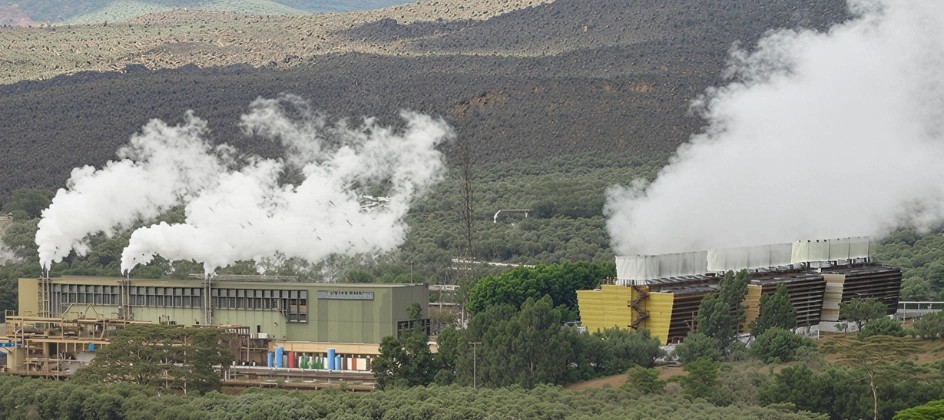- The planet has already warmed by about 1.42 degrees celcius above pre-industrial times between January and August 2025.
The trends highlighted in the WMO update point to the importance of stepping up action, from reducing greenhouse gases to supporting at-risk communities and investing in stronger early warning measures.
An update from the World Meteorological Organization (WMO) warns that 2025 could be the second or third hottest year on record and understanding why this is happening is important for everyone, not just climate experts.
The planet has already warmed by about 1.42 degrees celcius above pre-industrial times between January and August 2025.
The term "pre-industrial" simply describes a time before massive factories, automobiles, and other human endeavors started to release large quantities of greenhouse gas emissions into the atmosphere.
Comparing today’s temperatures to that time helps scientists understand how much human activity has changed the climate.
This warming is not a sudden spike. Instead, it is part of a continuing trend. Every single year from 2015 to 2025 is expected to be among the warmest years ever recorded. The last three years, 2023, 2024 and 2025, are likely to be the hottest 3 years in history.
Read More
The consistent rise of greenhouse gases including carbon dioxide, methane, and nitrous oxide is a major contributing factor to this long-term increase in temperature.
Similar to a blanket, these gases trap heat in the atmosphere, resulting in increased temperatures. In 2024, these gases reached the highest levels ever observed, and they are still continuing to increase in 2025.
This extra heat is not only warming the air. It is also being absorbed by the oceans, which are now hotter than usual. Ice in the Arctic and Antarctic is shrinking, and glaciers around the world continue to melt.
Sea levels are rising as a result of these changes, and extreme weather events including heat waves, heavy rainfall, and powerful storms are becoming more often.
According to the WMO Secretary-General Celeste Saulo, "The record increase in greenhouse gas levels means that it will be virtually impossible to limit global warming to 1.5 °C in the next few years without temporarily overshooting the Paris Agreement target.”
This means that the world will almost certainly exceed this limit temporarily. However, it is still possible to bring temperatures back down later this century if strong and urgent action is taken.
Understanding these findings matters because they help explain why the world is seeing more unpredictable and severe weather. The warming we are experiencing is not random. It is a result of long-term changes driven mainly by human activities.
The trends highlighted in the WMO update point to the importance of stepping up action, from reducing greenhouse gases to supporting at-risk communities and investing in stronger early warning measures.
The goal is not only to understand the warming trend but also to use this knowledge to make better decisions for the future.
Follow us on WhatsApp for real-time updates, community voices, and stories that matter.






